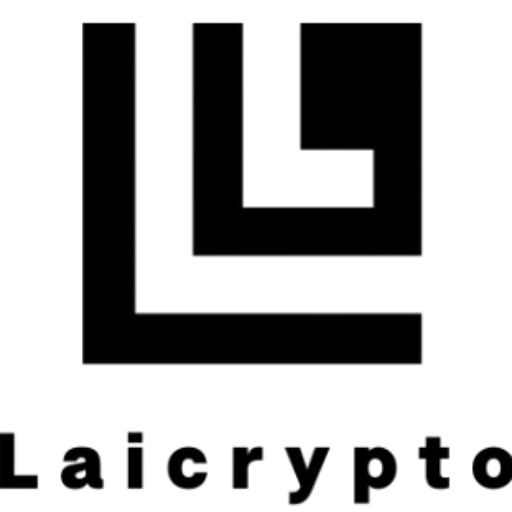Disclosure: The views and opinions expressed here belong solely to the author and do not represent the views and opinions of crypto.news’ editorial.
There’s a false—and, I would argue, dangerous—belief that in DeFi, strong UX can’t be achieved without some degree of centralization. It’s understandable why some believe this; centralized platforms like Coinbase and Binance are known for their intuitive and accessible interfaces for everyday users. Yet, centralized systems often fall short in areas like transparency and security.
It’s tempting for DeFi projects, who have by now heard countless times that UX is the missing piece for web3 adoption, to prioritize accessibility over transparency and security for the sake of attracting users. But those lower security standards are likely to come back to bite them someday.
Whether true or exaggerated, the message that UX is the final piece to web3’s success pushes too many DeFi developers to think they have to sacrifice decentralization, which would go against DeFi’s very nature and raison d’être.
That view is flawed. Decentralization cannot—and doesn’t need to be—sacrificed for a smoother user experience. DeFi can—and must—have both.
A reminder of what happens when we sacrifice decentralization
Centralized entities in crypto have repeatedly shown their limits. Scandals like the collapse of Three Arrows Capital (3AC) and Celsius demonstrated how centralized entities fail to deliver the reliability and transparency users expect—and can have disastrous consequences. As we saw with the FTX downfall, centralization enabled greater opacity, which hid the reckless decision-making from the public’s view and sent shockwaves through the industry when billions in user assets vanished. FTX users were blind to the risks until it was too late.
That’s not the case with decentralized protocols, whose transparency holds them accountable. All transactions are visible on-chain, giving users insights and assurances that don’t exist in their centralized counterparts. DeFi protocols such as Aave, which have been in operation for almost a decade (since 2017), show the viability of decentralized solutions.
That doesn’t mean decentralized systems are foolproof—events like Terra’s collapse in 2022 showed that decentralization doesn’t guarantee success. But at least when decentralized protocols fail, they fail with transparency. Users have some degree of visibility and the agency to hold those systems accountable when something does look amiss.
Decentralization isn’t incompatible with UX
Given the importance of decentralization in DeFi, it’s clear that it cannot be sacrificed for better UX. It also doesn’t have to be.
We’re already seeing proof of that. Smart contract improvements, Layer-2 solutions, and intuitive wallet designs are transforming DeFi UX without requiring projects to sacrifice decentralization, as we’ve seen with Uniswap’s wallet and Unichain L2.
The obvious challenge of achieving strong UX in DeFi is the industry’s still young age. Centralized apps, which are often web2 structures with crypto features layered on top, naturally offer a smoother experience today because developers have decades of web2 UX experience to build on. That’s not the case with decentralized frameworks, which come with unique scalability, fragmentation, and compliance difficulties. Those challenges are being actively tackled and solved.
What are we measuring DeFi up against?
How we determine good versus bad UX is also an important consideration, especially when so many critique DeFi for being too complex. Is that not the case, though, for TradFi?
Managing multiple accounts across different exchanges or trying to move assets from one brokerage to another are not smooth experiences. DeFi aims to simplify these processes through greater interoperability while introducing the added benefits of transparency, trustlessness, and user control. Its UX may not yet be on par with web2 interfaces, but it’s getting closer. As tools and protocols continue to mature, so will the user experience.
It can’t be this or that. We need both
The future of finance shouldn’t involve choosing between centralized convenience and decentralized security. We need to demand both, especially as we recognize the failures of centralized entities and the need for greater transparency.
The UX gap in DeFi is shrinking. Even if it isn’t closed tomorrow or the day after, there will come a day when users don’t need to choose between an easy-to-use platform and security. They’ll have both, and that’s why we need to focus our efforts on building that future.




